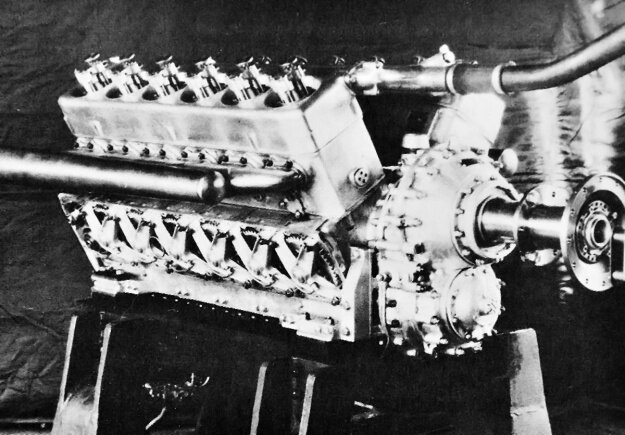From the wiki entry on the Rolls Royce Crecy:
(the preceding bit being that Tizard suggested a 'sprint' engine for a fighter in 1935 and Ricardo said two stroke would be interesting if you weren't worried about fuel consumption)
"Previous experience gained between 1927 and 1930 using two converted
Rolls-Royce Kestrel engines through an Air Ministry contract had proven the worth of further research into a two-stroke sleeve-valved design. Both these engines had initially been converted to
diesel sleeve-valved operation with a lower power output than the original design being noted along with increased mechanical failures, although one converted Kestrel was subsequently used successfully by
Captain George Eyston in a land-speed record car named
Speed of the Wind.
[2] The second engine was further converted to petrol injection which then gave a marked power increase over the standard Kestrel.
[3]
Single-cylinder development began in 1937 under project engineer Harry Wood using a test unit designed by Ricardo. The Crecy was originally conceived as a
compression ignition engine and Rolls-Royce had previously converted a
Kestrel engine to run on Diesel. By the time they started development of the Crecy itself, in conjunction with the
Ricardo company, the decision had been taken by the
Air Ministry to revert to a more conventional spark-ignition layout, although still retaining fuel injection."
Harry Ricardo was well known as a diesel engine expert, so just his association with an aircraft engine project would lead to the assumption it was diesel.

